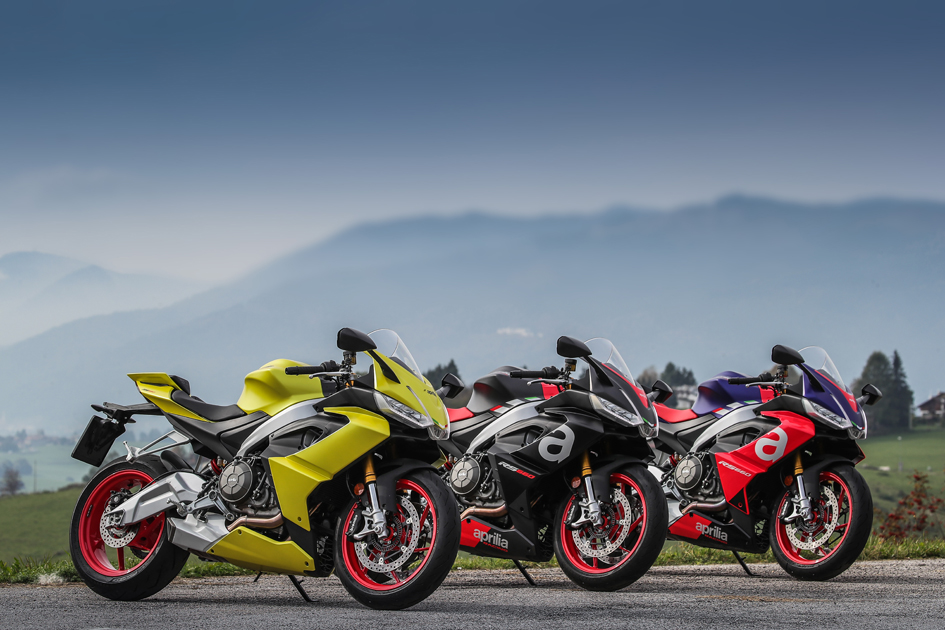
“Classic 600 cc sportbikes are dinosaurs,” say Aprilia. The Italian factory promises a brand new generation of fun, hassle-free and road-oriented sportbikes—starting with the 2021 Aprilia RS 660. We travelled to Italy to test ride it over some great mountain roads an hour north of Venice.
Remember the good old days? Not too long ago, Japanese manufacturers used to renew their mid-size sportbikes every two years, and they used to put a lot of effort into it. You don’t need a list, do you? Honda CBR 600 RR, Kawasaki ZX-6R, Suzuki GSX-R 600, Yamaha R6… we are talking about some serious shit here!
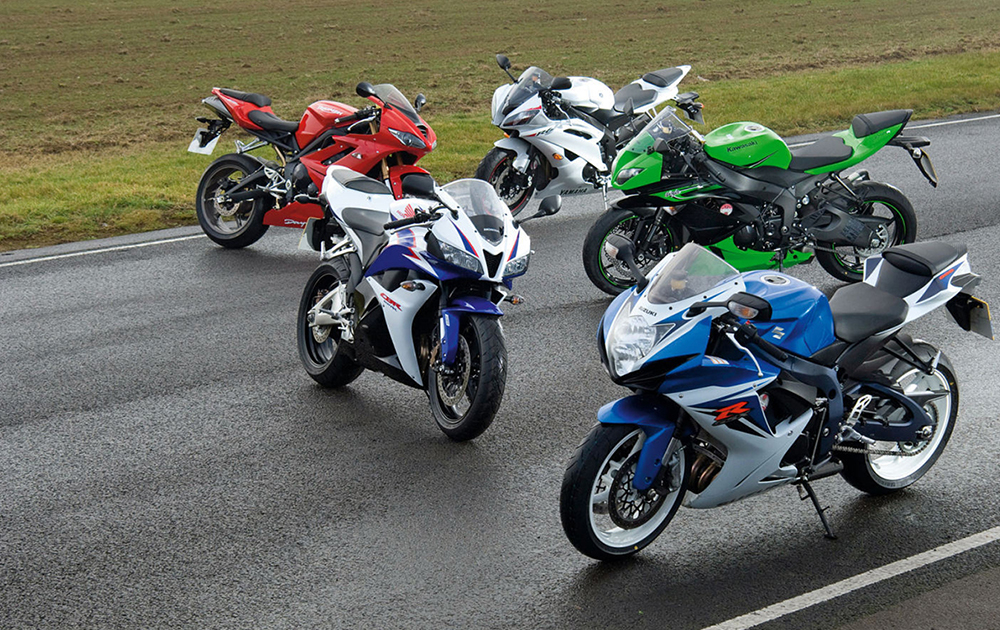
And then? Then, nothing happened. The Japanese marques started to forget about the 600s, while the electronic aids on the 1000s made them accessible to the most clueless of beginners. The latest emission norms made the current Yamaha R6 very much less expressive than before, and the Kawasaki ZX-6R now hides its dated technology behind a friendly price tag.
This is where Aprilia is daring to introduce a new generation of mid-size sportbikes. But is the timing right? In Europe, the ‘550 to 750 cc full fairing motorcycles’ segment has dropped down by 40% from 2010 to 2019. In the meantime, the ‘250 to 500 cc full fairing motorcycles’ segment has grown by 150%. In other words: there are a great bunch of former A2 riders wanting to upgrade, but not ready for an extreme, peaky, pole-position-ready machine.
Here, the RS 660 is ready to step in.
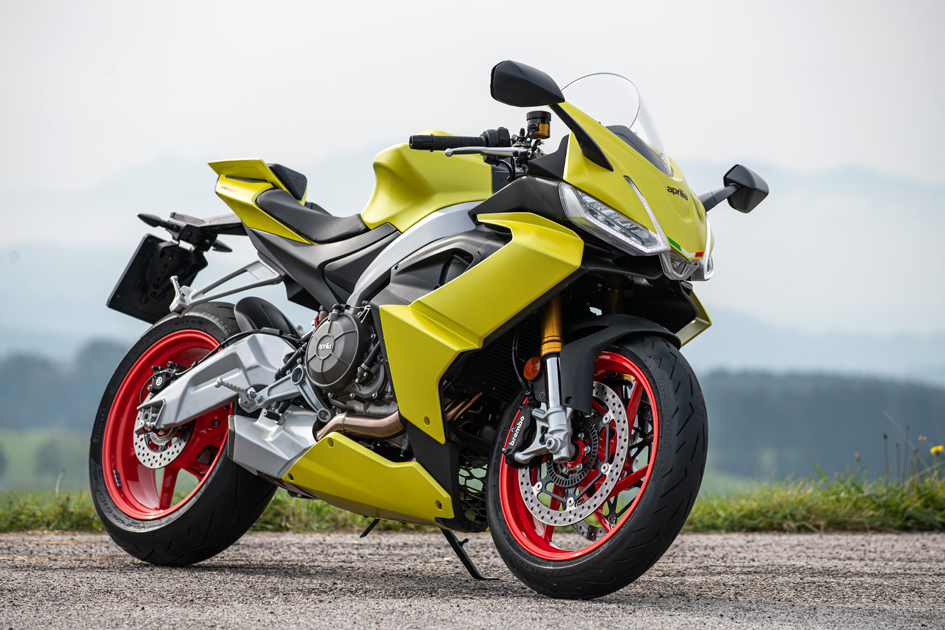
A big taste of RSV4
Designed under the leadership of the legendary Miguel Galluzzi (father of the Ducati Monster and the Aprilia RSV4), the RS 660 offers modern and slim, yet expressive, lines. Some rumours even suggest that Aprilia could redesign the RSV4 early next year in the same way. The iconic triple headlight is still here, while some layering on the side fairing makes it looking more aerodynamic than ever.
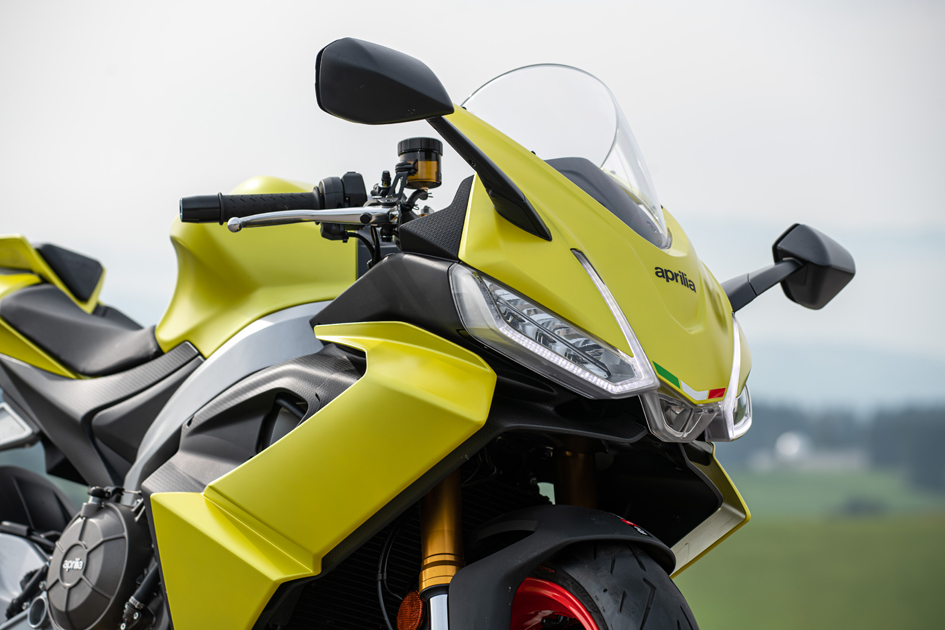
We’ve heard some say that the new parallel twin is half an RSV4 plant. That’s not exactly true, although some of the superbike’s best ingredients are part of the new recipe. We’re referring to the ride-by-wire system, the fuel injection, and the piston’s shape, which is also 81 millimetres bore, as per MotoGP regulations. However, the head engine is brand new, and the motor is Euro 5 compliant.
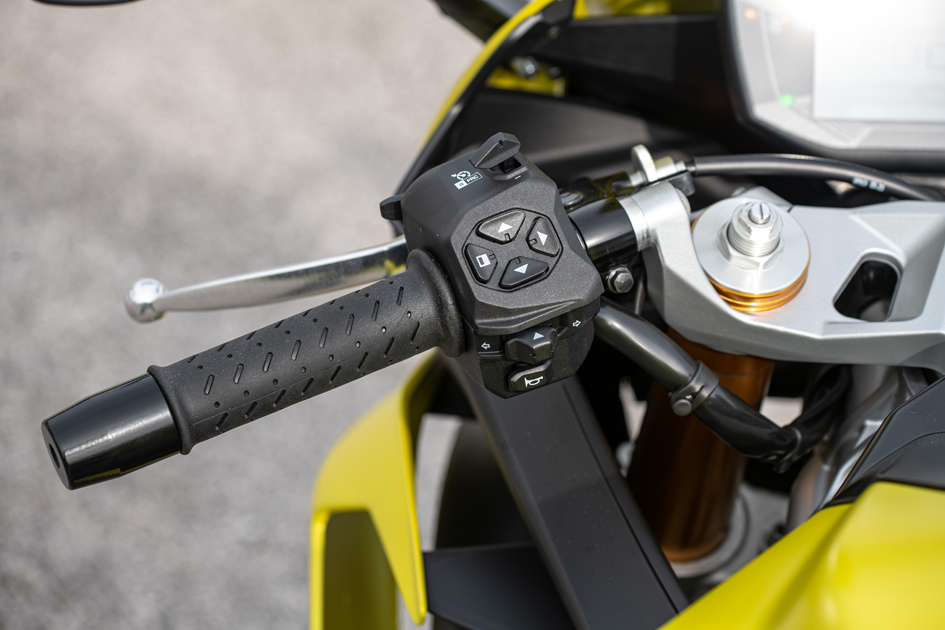
When you’re talking about a 659 cc vertical twin, you could also be thinking of the Kawasaki Z 650 or Yamaha MT-07. Both of those Japanese engines play at around the 70 hp mark, but the Italian engineers at Aprilia made the RS 660 deliver 100 hp at 10,500 rpm, with an 11,500 rpm redline.
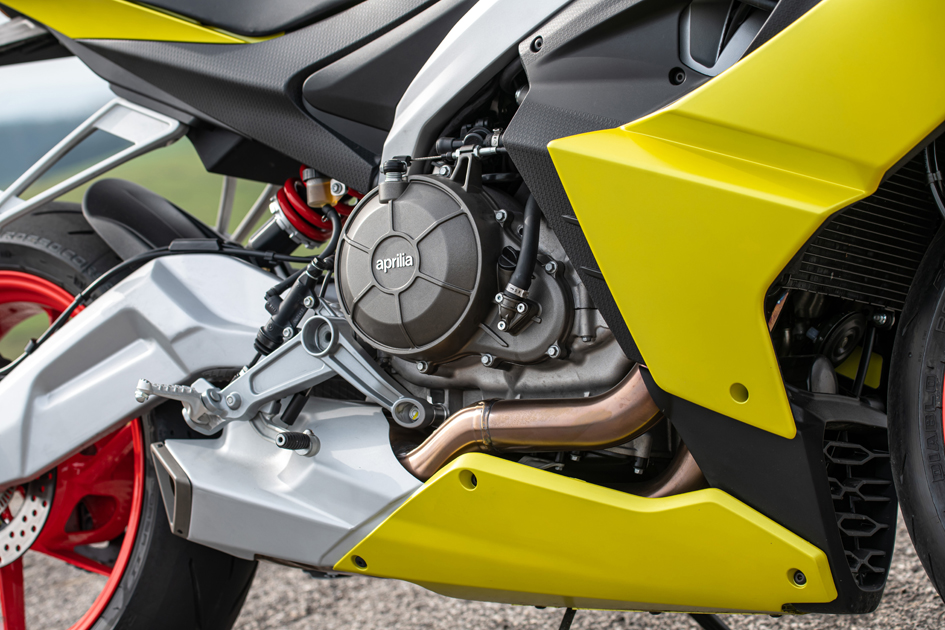
The torque figure, however, is more on par with the competition; 67 Nm at 8,500 rpm is a rather standard value, although Aprilia claims that 80 % of the maximum torque is available from 4,000 rpm, and 90 % from 6,250 rpm.
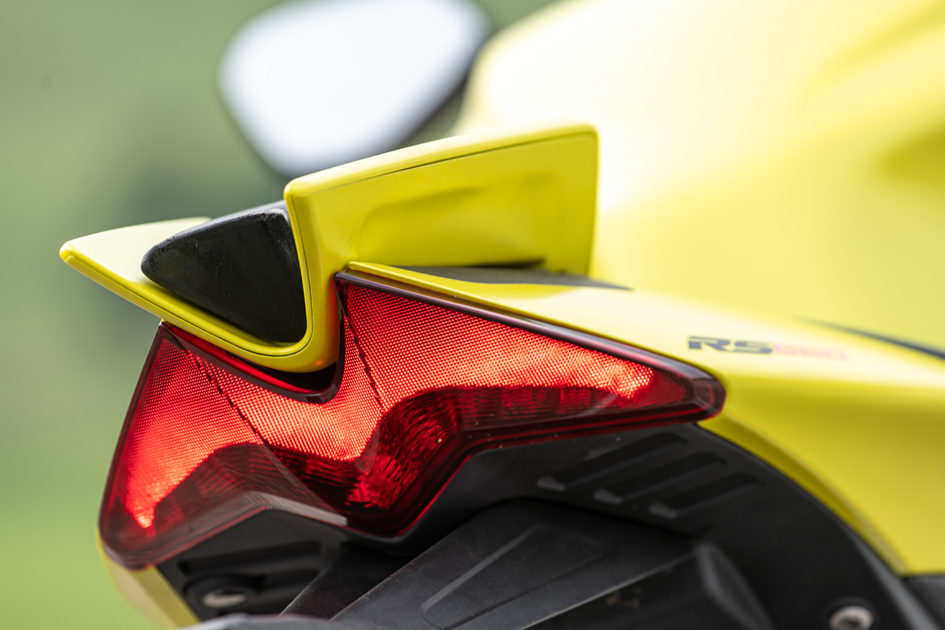
“Light is right,” said Colin Chapman. And the guys at the Noale factory agree, so the RS 660 has been through some extensive development to make it as light as possible. The air intake mould, in the middle of the front fairing, also supports the dashboard.
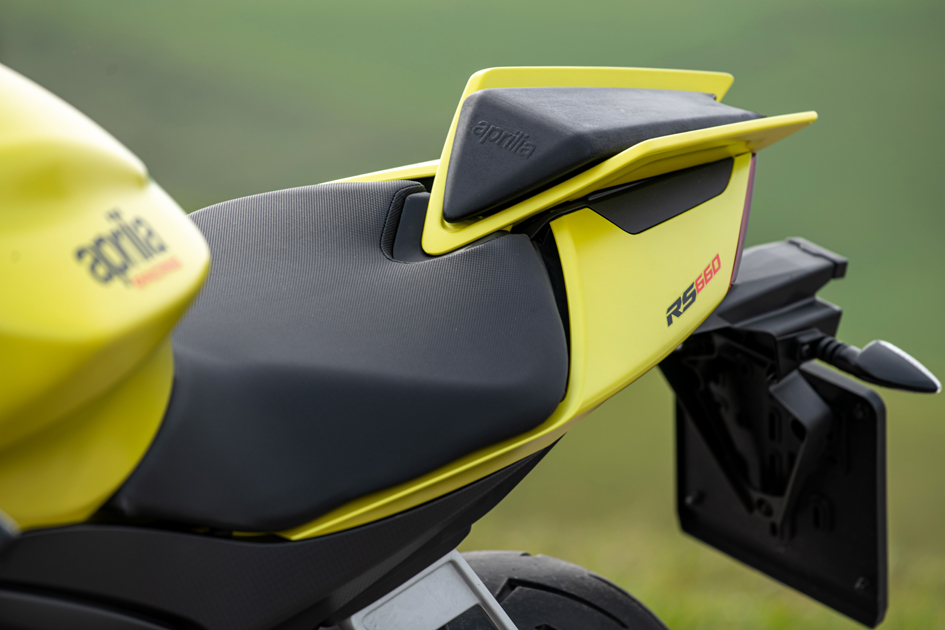
The battery is a Lithium-ion unit, and the Euro 5 exhaust weight only 6.2 kilos. The wheels are cast, not forged. With 169 kilos dry, and 183 loaded, the RS 660 is a class leader.
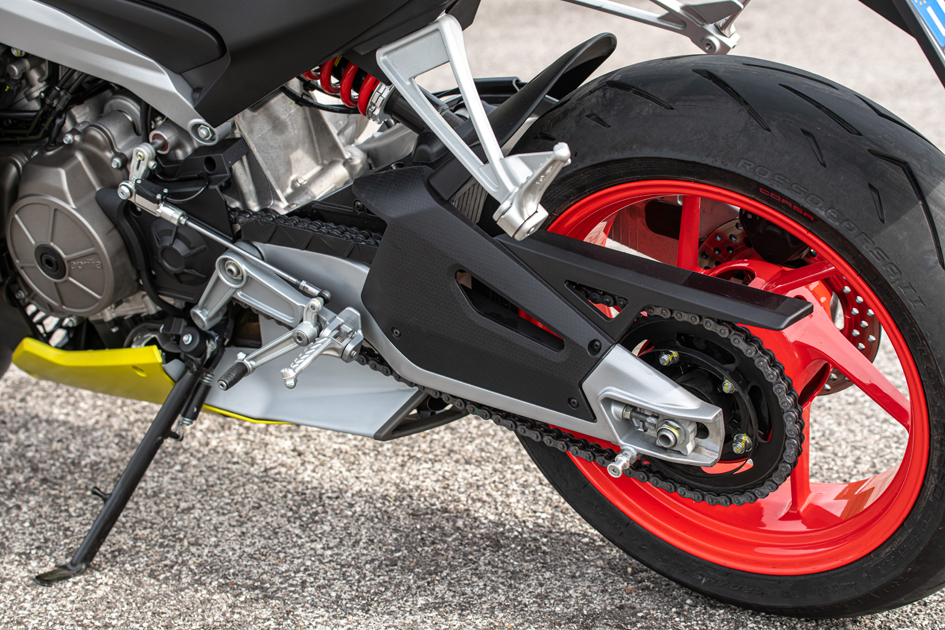
It’s also a class leader with its technology, and that could explain the price tag—which is unusually high for a 660 vertical twin. The full TFT instrument panel and the brand new switch cubes help access all the settings: three engine modes, three engine-braking modes, five riding modes, three corner ABS possibilities, eight traction control levels, one wheelie control and cruise control. 600 cc sportbikes have never been so modern.
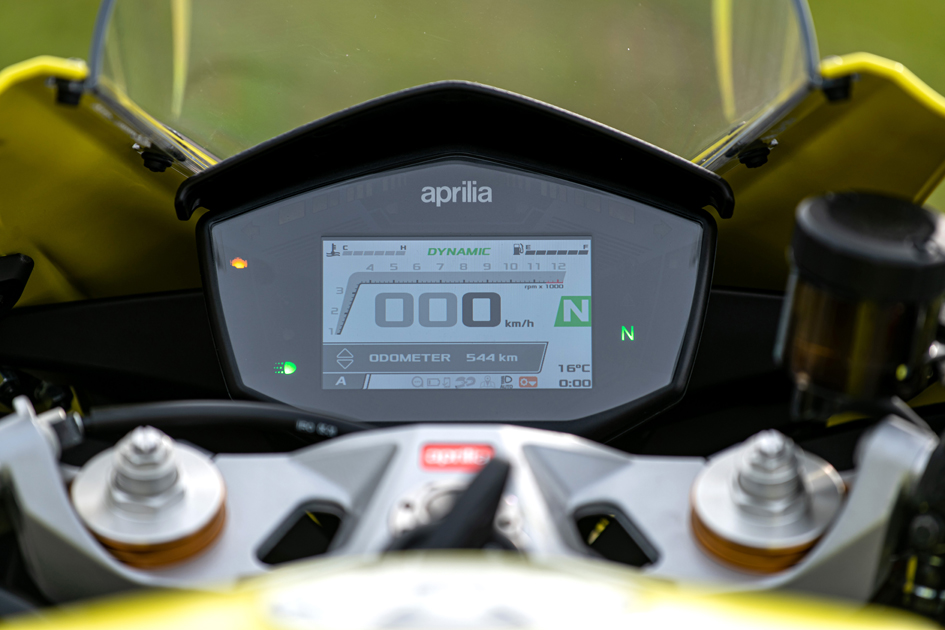
Real-life fun
Aprilia aren’t pitching the RS 660 as a racetrack contender, but more of a real-world, versatile sport machine. Although it’s rather a compact bike, the clip-on bars are set above the triple-tees, and the pegs aren’t too high. In other words, a 1.88 m tall rider like myself found it pretty comfortable over the 200 km launch route.
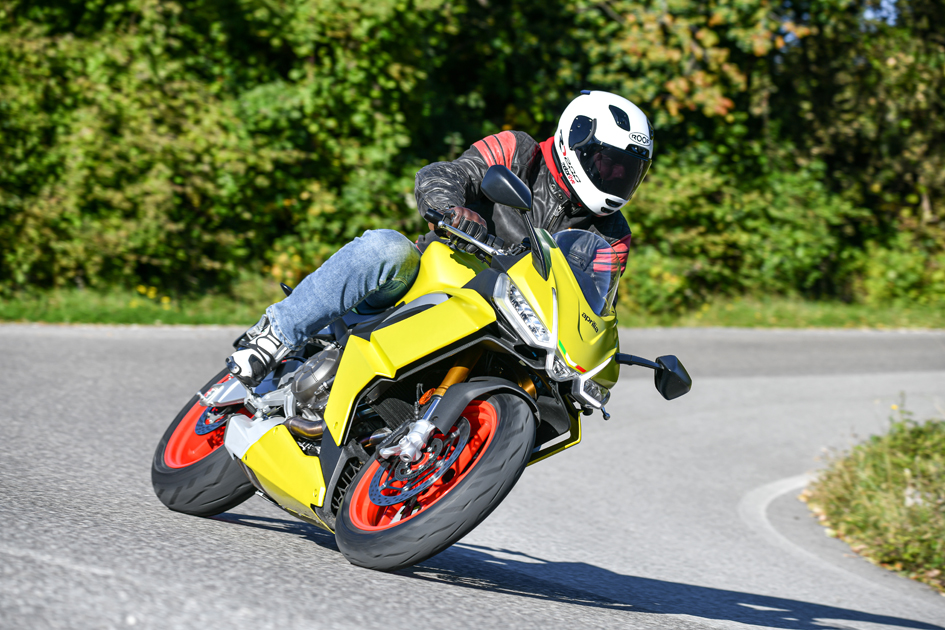
About that engine: the new 660 plant is a marvel! With its 270-degree firing order, it sounds more like a 90 degree V-twin with a deep and clear note. The smoothness is great—you can go across town at 2,000 rpm in 6th gear, and for real-life usage, the engine is torquey enough to beat traffic every time.
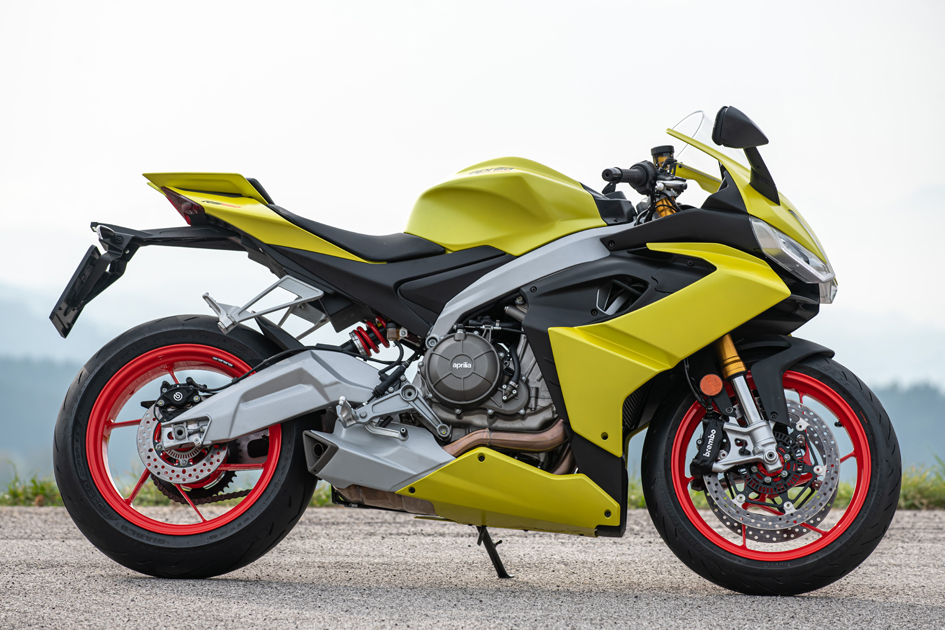
I was reading a lekker story on ZA Bikers the other day about riding (Soul Trippin’ in Sabie), and this is exactly where I’d take the RS 660. The roads are fast, but not that fast, and the first thing you need is to build confidence with the bike. In those conditions, the RS 660 is the perfect riding buddy.
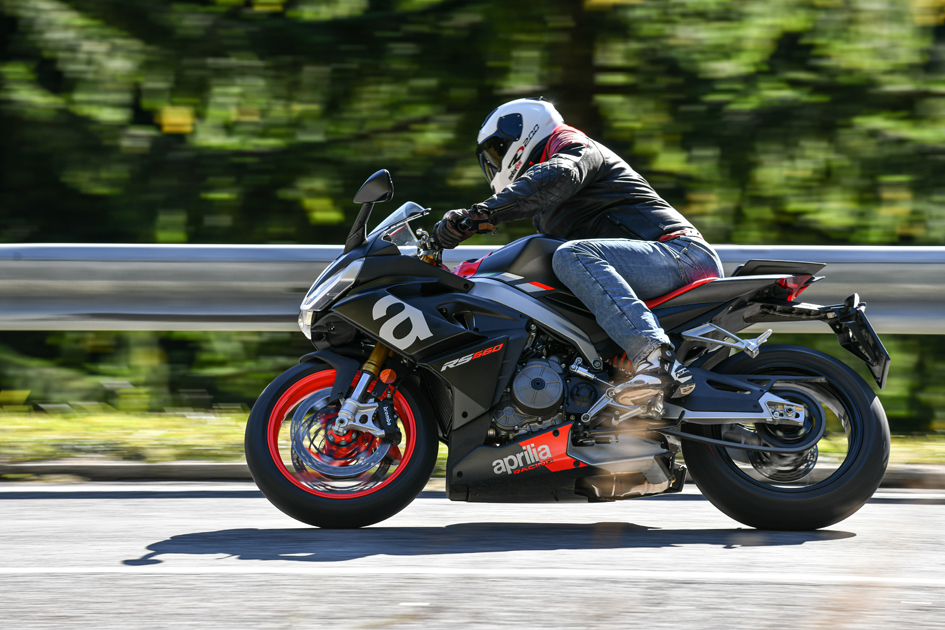
The chassis is so neutral that you feel instantly at home, where proper Japanese 600 cc sportbikes are stiff and need some riding commitment. When you want some speed, the 659 cc twin needs to be trashed over 6,000 rpm, and the real powerband is mainly from 7,000 to 11,000 rpm, which is far easier to cope with than an 11-to-14,000 rpm Japanese inline-four!
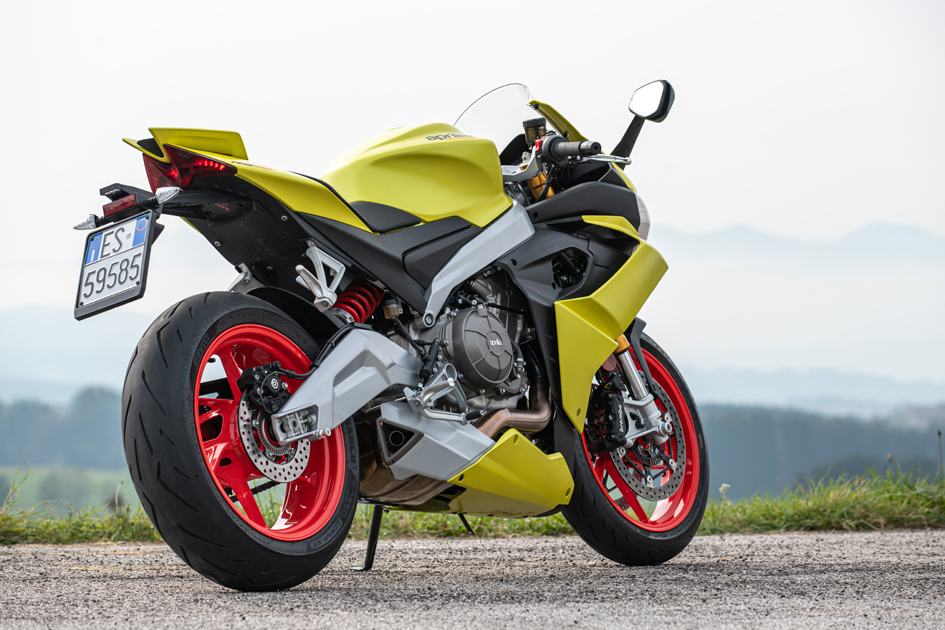
But don’t worry: the RS 660 delivers some serious oomph. First gear goes up to 80 km/h, third gear over to 150 km/h, and top speed is officially around 240 km/h. You aren’t going to win any Supersport races, but on the open road, this is a real tool.
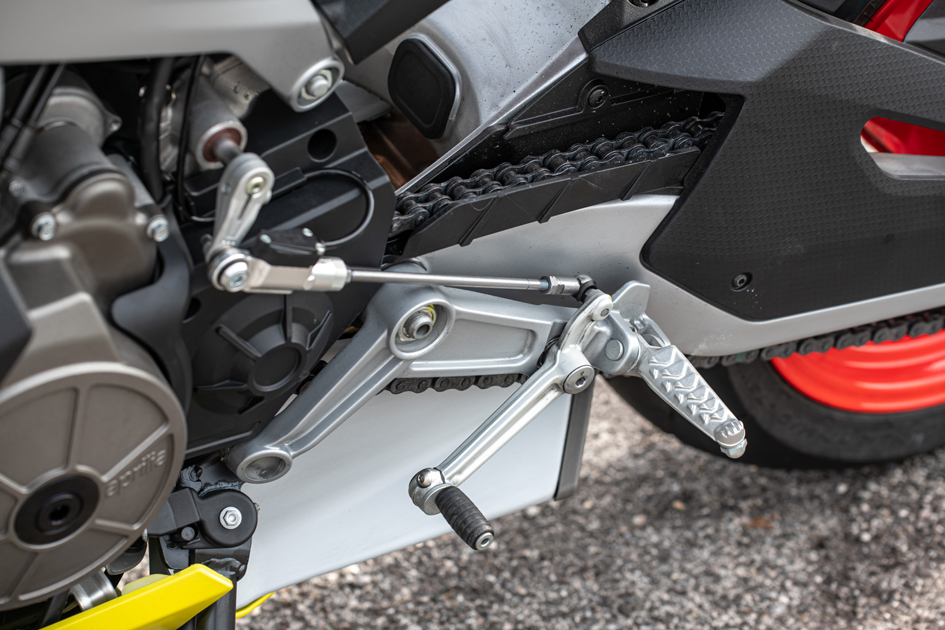
The riding position is perfectly balanced between sport and (a bit of) touring, and the suspension is slightly on the comfy side, while not being too wobbly when you try to push a bit hard. Pushing hard wasn’t too easy during our test though, as the temperature was around 5 degrees Celcius for most of the ride. However, once warmed up, the Pirelli Diablo Rosso Corsa II tyres created plenty of confidence.
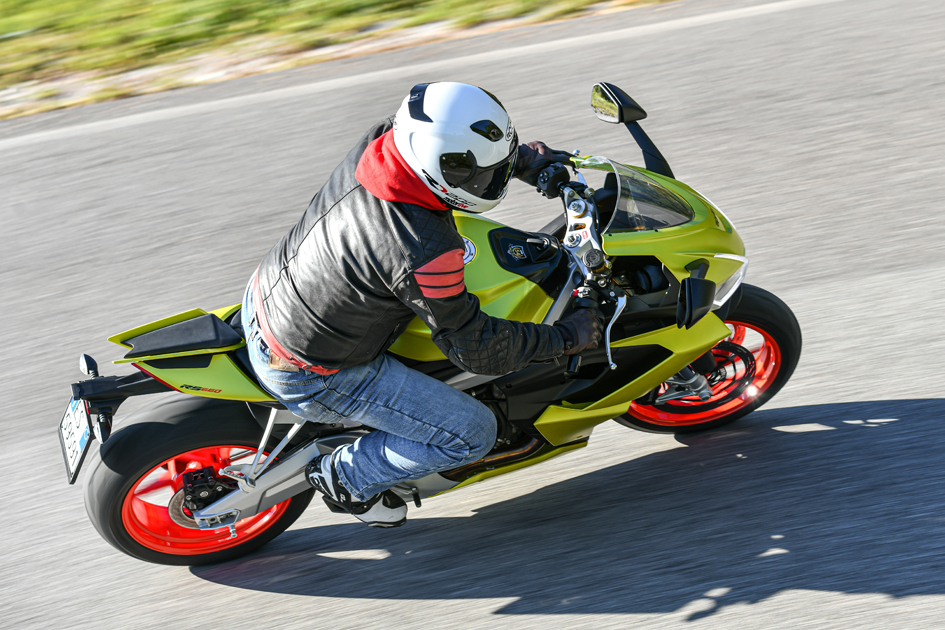
The Brembo radial brakes are in the same league: not too violent on the initial bite, but as powerful as you choose to squeeze the lever. In any department, the RS 660 settings make it a rider-friendly machine.
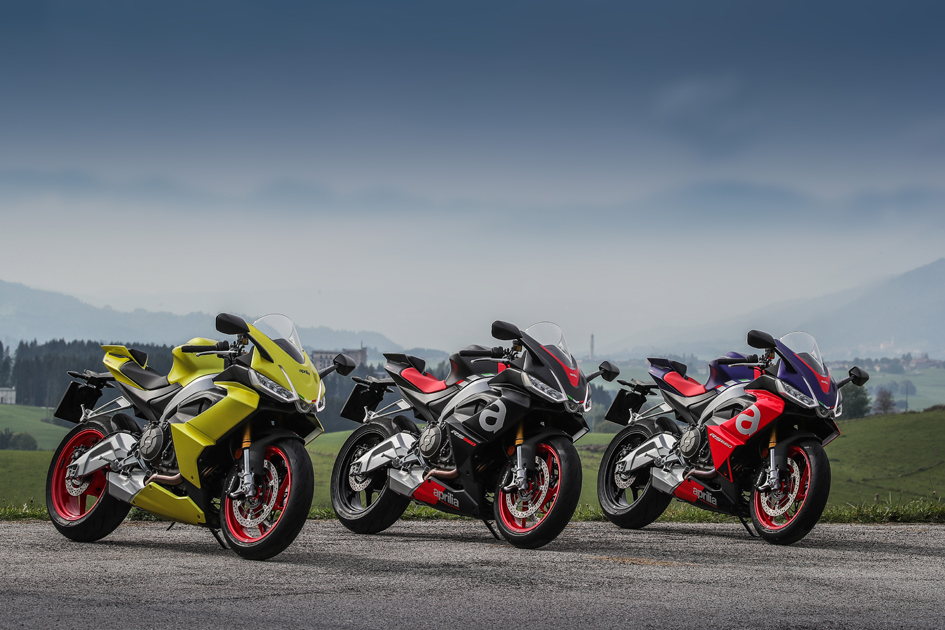
As for the colour—I’d take the ‘acid gold’ over the black and the Reggiani replica scheme.





